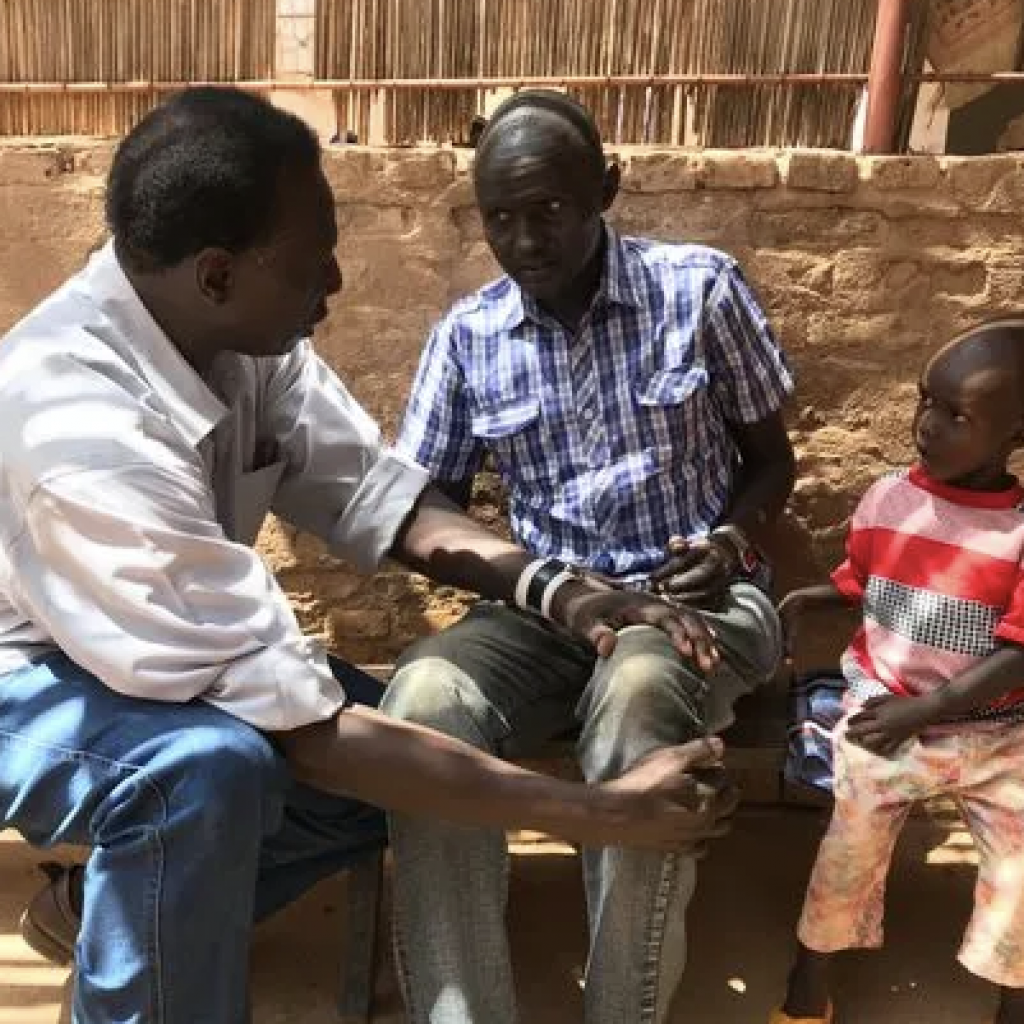For a healthier world: safely managed sanitation

Course details
About this course
Safe sanitation systems are fundamental to protect public health. WHO supports capacity building and implementation through guidelines and tools on sanitation and health, safe use of wastewater and safe recreational water environments, using risk assessment to identify, prioritize, manage and monitor coordinated action to protect public health. However, the world is alarmingly off-track to deliver Sustainable Development Goal (SDG) Target 6.2, where Member States committed to achieve universal access to safe sanitation for everyone, everywhere by 2030. In fact, the rate at which sanitation coverage is increasing will need to quadruple globally if the world is to achieve the SDG sanitation targets. To eliminate inequalities progress must move four times faster in rural areas globally, five times faster in urban areas globally, nine times faster in fragile contexts, and 15 times faster in least developed countries. Overall, at current rates of progress, only 67 per cent will have safe sanitation services, leaving 2.8 billion without by 2030. Without universal access, the world will not claim the myriad health, environmental and socio-economic benefits that come from safely managed sanitation.
This course, part of WHO’s efforts to support capacity building globally, unpacks the health rationale for safely managed sanitation (SMS) and how programming approaches need to adapt to improve health outcomes. A safely managed sanitation service chain – from toilets, to containment, to transport, treatment, and finally safe use or disposal of wastewater and faecal by-products – is essential to protecting the health of individuals and communities and the environment. The course also describes SDG 6.2 monitoring definitions for SMS and how that can be adapted and contextualized into national definitions and embedded in national level instruments for implementation and monitoring. Finally, it will present tools to assess status and monitor implementation of definitions at national and local level-- all to help governments, and the development agencies, civil society partners, and others working with them, to achieve safely managed sanitation for their populations.
By the end of this course, you should be able to:
- Describe sanitation’s impact on health, economics, and the environment
- Describe health risks along the sanitation chain
- Recall the definitions for safely managed sanitation (SMS) at each step of the sanitation chain
- Describe how to accelerate progress
- Identify sanitation programming approaches to improve health impact
- Recall how to embed definitions for safely managed sanitation in national targets, legislation, regulation, standards, and plans
- Summarize how to access and use tools to assess the sanitation situation
- Identify the role of the health sector in delivering sanitation
- Identify where to find more WHO technical information and tools

